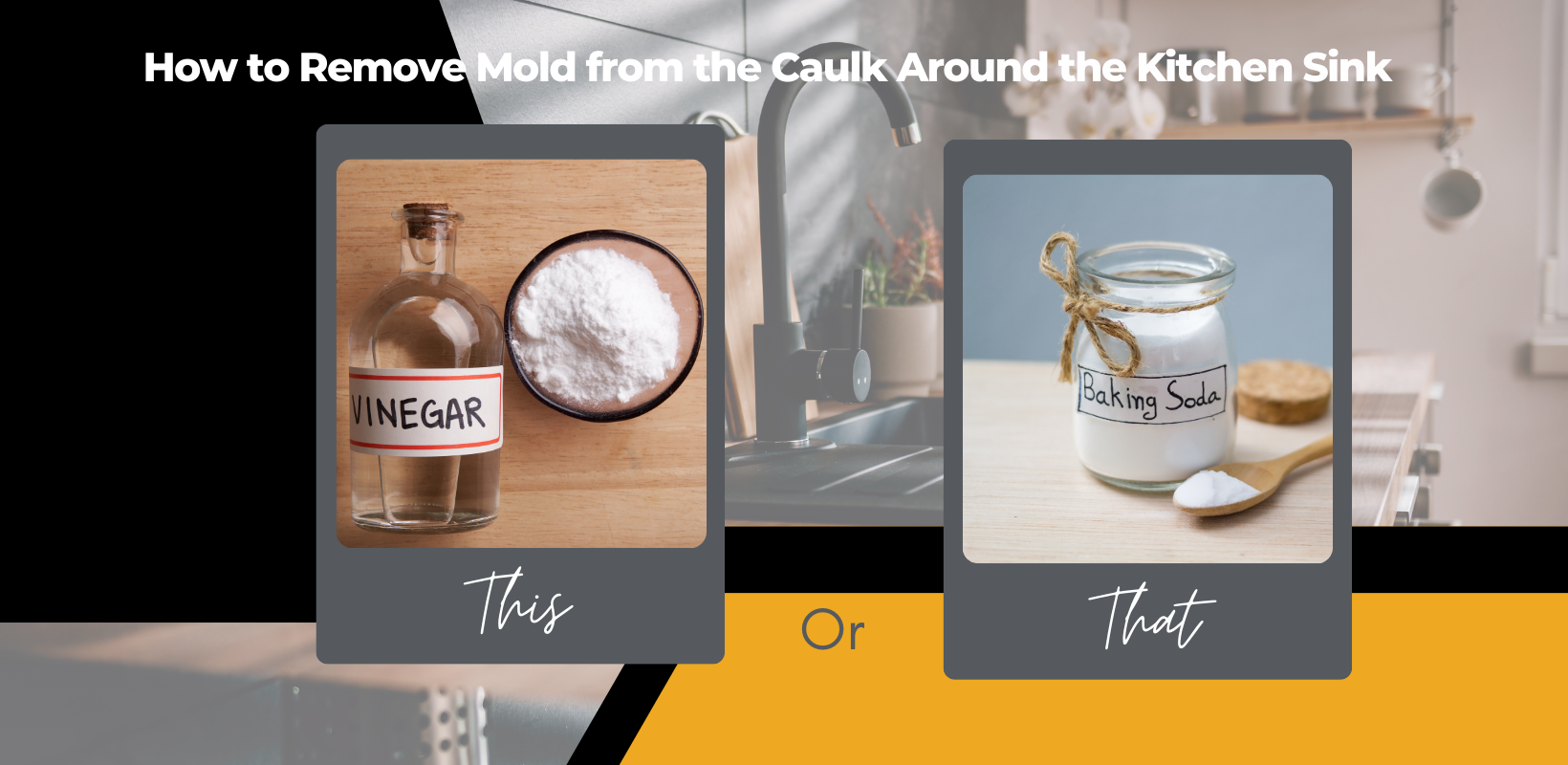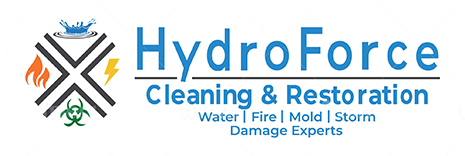How to Remove Mold from the Caulk Around the Kitchen Sink
Home » How to Remove Mold from the Caulk Around the Kitchen Sink
Cleaning mold from the kitchen sink caulk is a common household task that is frequently forgotten. Mold in your kitchen can impact appearance, cleanliness, and potentially pose health risks if not addressed. Careful steps are needed to completely remove mold from caulk and prevent its recurrence.
What Causes Mold to Grow Around Kitchen Sinks?
The presence of moisture around kitchen sinks creates an ideal environment for mold spores to thrive. Various factors such as leaky faucets, water splashes during dishwashing, and high humidity levels in kitchens contribute to elevated moisture. Inadequate ventilation worsens the issue by slowing down moisture evaporation, while food particles create a food source for mold spores. If the area around the sink is not regularly cleaned, soap scum, grease, and other residues accumulate, encouraging the growth of mold.
![]()
Is Mold on Caulking Dangerous?
The presence of mold on caulk can release spores and mycotoxins into the air, which can be harmful if inhaled or touched. Exposure to indoor mold can cause respiratory problems, allergies, and other health issues. Certain molds, such as black mold, can produce mycotoxins that are known to be specifically toxic to humans and animals.
Not only does mold growth on caulking compromise indoor air quality, but it can also indicate a potential moisture issue that could lead to structural damage. Mold breaks down the caulking, reducing its effectiveness in sealing gaps and preventing water damage.
How to Remove Mold from Sink Caulking
Removing mold from caulk around the kitchen sink and other moisture prone areas is crucial due to the negative impact on the home’s structure and potential health risks. With the right materials and a step-by-step method, you can effectively eliminate mold and restore the hygiene and beauty of your kitchen sink area.

Mold Removal Method #1: Vinegar
Research has shown that vinegar can eliminate 82% of mold species. Vinegar does not release any toxic fumes unlike other mold-killing agents, making it a safe option for using in households. The first step in killing and mold from caulk around your kitchen sink is gathering the necessary materials.
Here is a list of materials you will need:
- Safety Materials: Rubber Gloves, Safety Goggles, Mask
- Ventilation (Open windows or use an exhaust fan)
- Vinegar
- Spray Bottle
After gathering your materials, follow these steps to remove the mold:
- Fill a spray bottle with undiluted mild white vinegar. The acidity of vinegar makes it effective to killing mold, so avoid diluting it for the best results.
- Apply the vinegar solution to the affected areas and let it sit for an hour. To provide ventilation, open bathroom windows for the air to circulate if possible.
- After one hour, clean the area with hot water and a towel. Ensuring surfaces are dry will prevent mold from reappearing.
While vinegar may not work on its own for more persistent mold species, it is effective at preventing mold from growing to begin with. It is recommended to store a bottle of vinegar near your kitchen sink to spray susceptible surfaces regularly.
Mold Removal Method #2: Bleach and Baking Soda
Bleach is commonly marketed as an effective solution for eliminating mold, but it specifically works best on non-porous surfaces such as sinks and tiles. The active ingredient in bleach, sodium hypochlorite, reacts with water to form hypochlorous acid, which eliminates mold by breaking down proteins, enzymes, and nucleic acids.
You will need the following materials to remove mold with bleach and baking soda:
- Safety Materials: Rubber Gloves, Safety Goggles, Mask
- Small Scrubbing Tool (Old toothbrush, disposable paint brush, etc.)
- Small Mixing Bowl
- Plastic Wrap
- Bleach
- Baking Soda
Follow these effective steps:
- Create the cleaning solution by combining bleach and baking soda to form a paste. Use a small scrubbing tool to stir the solution, as bleach can ruin the tool you use.
- Generously apply the paste to the moldy caulk and cover the area with plastic wrap. The plastic wrap will prevent the solution from drying and not being as effective.
- Let the paste sit for a few hours or overnight. Remove the plastic wrap and rinse the solution.
- If the mold is still present after one application, it is recommended to repeat the process.
- (Optional) Once the mold is completely removed, apply more caulk in the affected areas to prevent it from coming back. Adding more caulk will re-seal any areas where water would rest, causing mold growth.
Mold can be a tricky situation for homeowners to face, especially if it will not go away. If you cannot fully remove the mold or notice it is growing after following these processes, it may be necessary to call professionals for mold removal services. Mold growth should be taken seriously, considering the risks it can pose to individual’s health and safety.
How Can I Prevent Mold Growth on Caulk?
It is important to implement mold prevention methods to maintain a clean and healthy environment. Mold can grow easily in damp, poorly ventilated places like the kitchen sink if it is not maintained properly, even after conducting these mold removal methods.
To prevent mold growth on the caulk around your kitchen sink, conduct regular cleaning and ensure the area is kept dry. It is essential to inspect the area regularly to address the issues early.
For extra protection, you can invest in mold-resistant sealant and caulk. Mold-resistant caulk is made with anti-mold enzymes and biocides that seal and prevent moisture from seeping into cracks. Using a protective sealant after cleaning the area further protects the caulk with its waterproof elements. Silicone sealants are a popular choice for mold resistant sealants since they bond well with nonporous surfaces.
Considering professional mold remediation services may be a practical solution for addressing mold on kitchen sink caulking. Our mold remediation specialists at HydroForce Cleaning & Restoration have the training and equipment to thoroughly identify and address mold growth.
If you notice mold growth in your home, give our professionals at HydroForce Cleaning & Restoration a call today. To guarantee thorough mold removal and prevention, our team uses advanced technologies such as HEPA filtration systems and specialized cleaning agents. We will ensure the area is mold free and that the home is restored back to its safe and healthy condition.
2026 © Copyright HydroForce Cleaning and Restorations – All Rights Reserved.
Privacy Policy | Terms & Conditions | 630-835-0862

